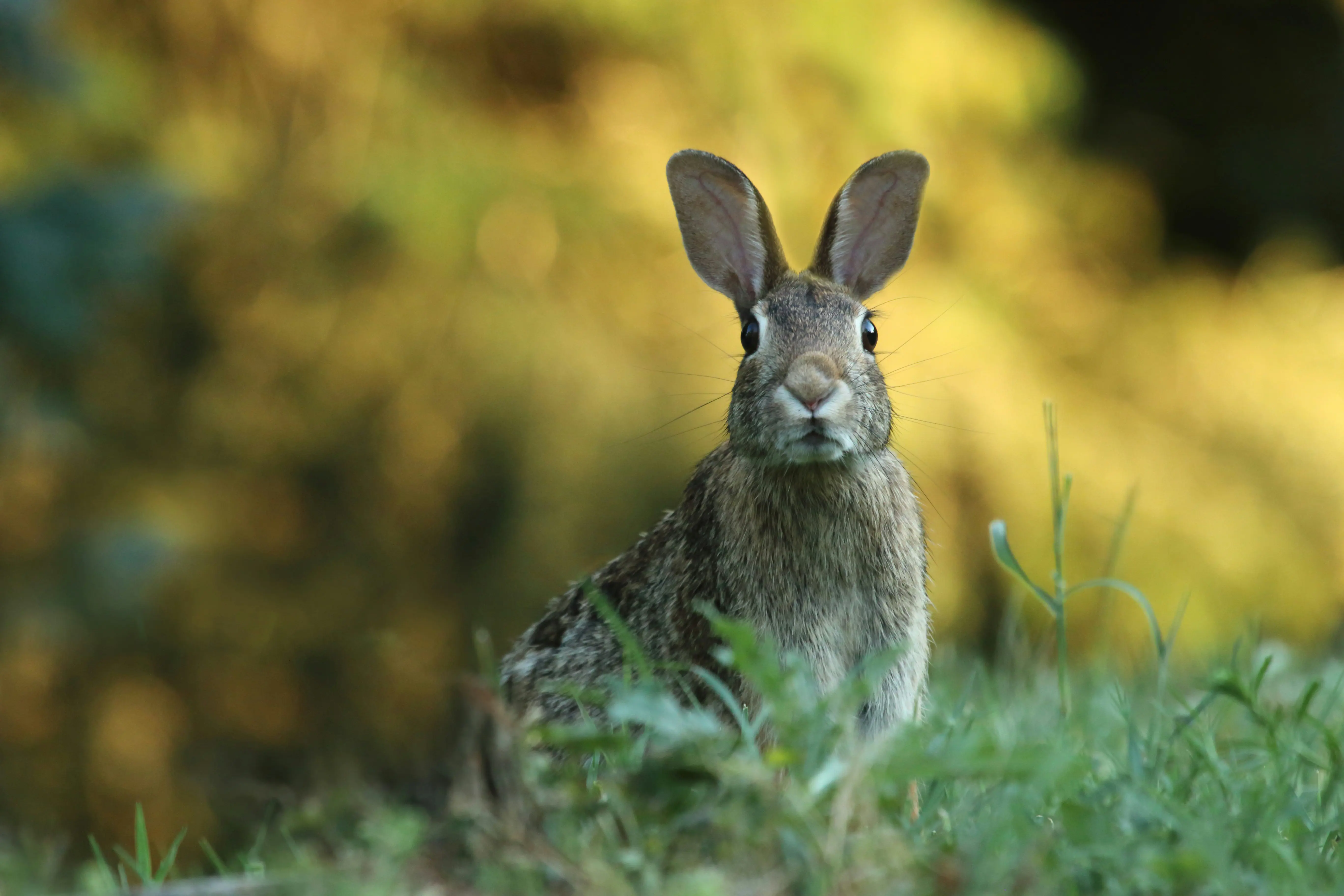Domesticated Rabbits Evolve New Features When They Go Feral

We tend to think of evolution as something that unfolds over millennia. But when once-pampered pets escape into the wild, nature doesn't wait.
A new study led by researchers at the University of Adelaide reveals that domesticated rabbits undergo rapid physical changes when they return to a feral lifestyle, and it's not just behavioral. Their very bodies begin to morph.
Comparing rabbits from Australia’s wild populations with those still kept as pets, scientists found that feral rabbits had longer limbs, narrower skulls, and more agile body shapes. These traits weren’t inherited from wild ancestors, they evolved anew, within just a few generations of living free.
The findings, published this week, shine a light on what scientists call reverse domestication. It's a fascinating process where animals that once relied on humans begin to re-adapt to the pressures of survival, escaping predators, foraging for food, and navigating harsh environments.
“Feral rabbits are a textbook case of how quickly evolution can work when the environment demands it,” says lead author Dr. Tessa Smith, a zoologist at the University of Adelaide. “We’re seeing morphology shift in real time.”
Australia’s relationship with rabbits is long and complicated. Introduced by European settlers in the 1800s, rabbits quickly became one of the country’s most destructive invasive species. But this study focused specifically on domestic breeds that had escaped or been released, highlighting how evolution continues even after animals leave the lab or the lounge room.
The researchers used high-resolution imaging and statistical models to detect the changes, which included shifts in limb proportions and skull shape features closely tied to locomotion and sensory perception.
Understanding how animals adapt so quickly isn’t just a quirky footnote in evolutionary biology. It can help us predict the ecological impacts of feral populations and design better strategies for wildlife management.
It also reminds us that domestication is not a fixed state. Given the right pressures or freedoms even a soft-eared, garden-dwelling bunny can become something wild again.